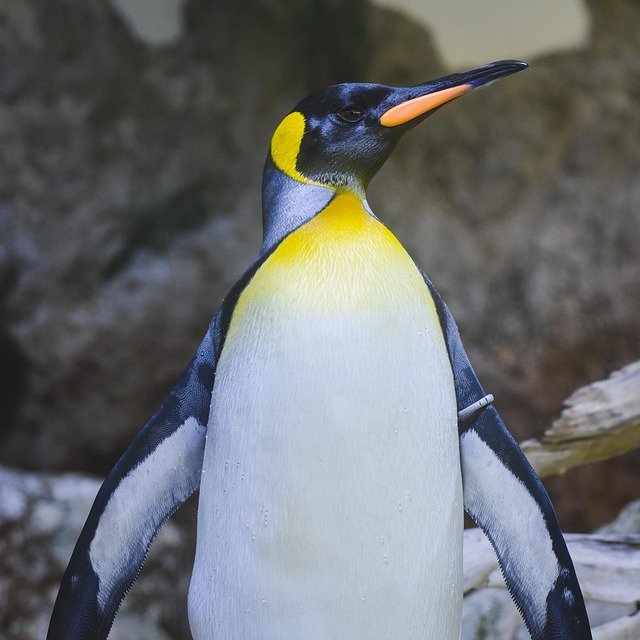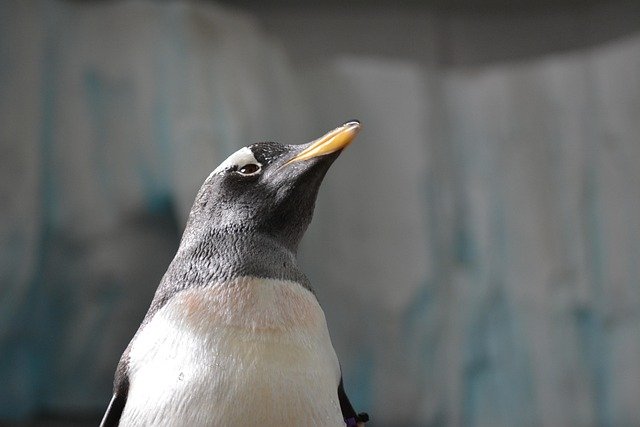**Title: "The Social Lives of Penguins: Understanding Their Complex Communities"** **Overview:** This

The Social Lives of Penguins: Understanding Their Complex Communities
Penguins are often celebrated for their adorable appearance and unique waddling gait, but beneath their charming exterior lies a rich social structure that is both fascinating and complex. In this post, we will explore the intricate social lives of penguins, examining their communities, social behaviors, and the importance of these interactions for their survival.
The Importance of Social Structure
Penguins are highly social birds that thrive in large colonies, sometimes numbering in the thousands. These colonies provide several benefits:
- Protection from Predators: Living in groups helps penguins reduce the risk of predation. The sheer number of individuals can deter potential threats and provide safety in numbers.
- Cooperative Breeding: Many species of penguins engage in cooperative breeding, where individuals assist in raising chicks that are not their own. This behavior strengthens community bonds and increases the survival rate of the young.
- Resource Sharing: Penguins often forage together, sharing information about food sources and helping each other find the best spots for fishing.
Communication and Social Interactions
Penguins have developed a sophisticated system of communication to navigate their social lives. They utilize a variety of vocalizations, body language, and visual displays to convey messages to one another. Key forms of communication include:
- Vocal Calls: Each species of penguin has its own distinct calls, which are used for mate attraction, chick recognition, and warning calls. For example, the Emperor Penguin's trumpet-like call is essential for locating mates in the crowded breeding colonies.
- Body Language: Penguins use physical gestures, such as bowing, flipper waving, and head tilting, to express emotions and intentions. These non-verbal cues play a crucial role in social interactions and mate selection.
Hierarchies and Social Dynamics
Within penguin colonies, social hierarchies can emerge, influencing breeding opportunities and access to resources. Dominance hierarchies are often established through displays of aggression and physical size, with larger individuals typically asserting dominance. However, these hierarchies can be fluid, with individuals changing status based on various factors, such as age, health, and reproductive success.
The Role of Parental Care
Penguin parenting is a shared responsibility, with both parents often taking turns incubating eggs and feeding chicks. This cooperative approach not only strengthens pair bonds but also fosters a sense of community among the colony members. For example, in species like the Gentoo Penguin, parents will often engage in "crèching," where groups of chicks are watched over collectively while parents forage for food.
Conclusion
The social lives of penguins are a testament to the complexity of animal behavior and the importance of community in the natural world. Understanding these social structures not only enhances our appreciation for these remarkable birds but also underscores the need for conservation efforts to protect their habitats and ensure the survival of their intricate societies. As we continue to study and observe penguin communities, we gain valuable insights into the dynamics of social behavior that can be applied to other species, including our own.
By delving into the social lives of penguins, we can better understand the importance of community and cooperation in the animal kingdom. Let us continue to admire and protect these incredible creatures and their complex social structures.

Upvoted! Thank you for supporting witness @jswit.